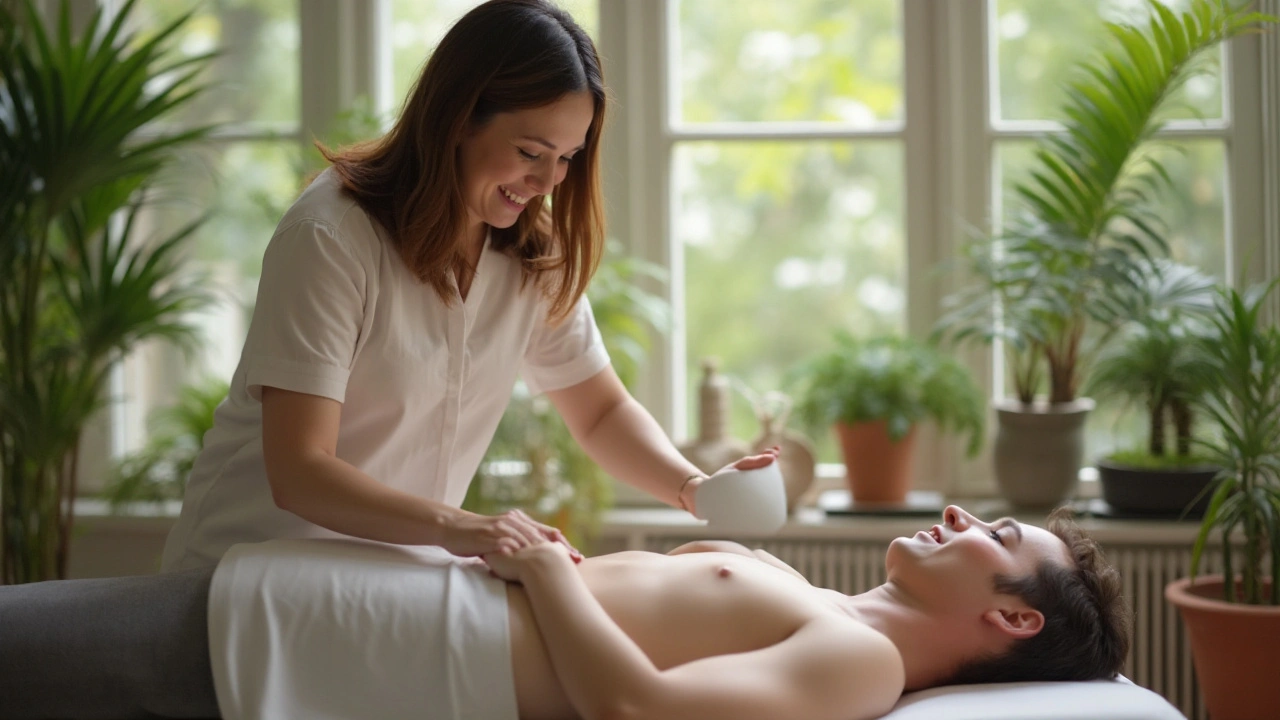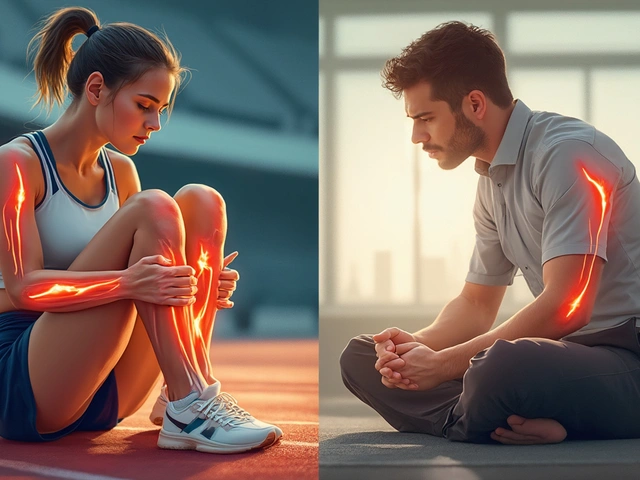Trager Therapy: Gentle Movement for Better Mobility
Ever feel stuck in your body or notice your dog moving stiffly after rest? Trager therapy is a low‑force, movement-based approach that helps release tension, retrain how you move, and bring relaxed awareness back into the body. It’s simple, gentle, and practical—no deep pressure or painful cracking.
What Trager therapy actually is
Trager grew from the work of Milton Trager in the mid‑20th century. A practitioner uses light, rhythmic rocking, gentle stretches, and slow guided movements called "mentastics" to teach the nervous system new, easier ways to hold and move. Sessions aim to shift habitual tightness and replace it with ease and improved mobility.
People often expect a hands‑on massage. Instead, Trager feels like being rocked and moved with clear intent. You stay clothed, and the therapist focuses on changing how your muscles and joints respond, not forcing tissue into place. Because the pressure is minimal, it’s a good match for fragile joints, chronic pain where deep pressure hurts, and even recovering athletes who need calm nervous system input.
Who benefits and how it stacks up
Trager helps people with chronic tension, postural habits, stress, and movement limits. It’s also used on dogs and horses by practitioners trained in animal Trager work—think calmer gait, softer shoulders, and smoother transitions. Unlike sports massage or neuromuscular therapy that dig into tight spots, Trager focuses on re-educating movement patterns. Compared to myofascial release, it’s much gentler and more about rhythm and awareness than sustained pressure.
If you’re chasing relaxation and subtle change—better balance, fewer startle reactions, easier breathing—Trager offers a different path. Athletes may use it as a recovery tool alongside sports massage to calm the nervous system after intense work. For chronic pain, it can reduce guarding that keeps pain cycling.
What to expect in a first session: expect slow, steady work and frequent pauses for you to notice differences. The practitioner might guide tiny movements, rock limbs, or hold a gentle stretch while you relax. Sessions usually last 45–60 minutes. Wear loose clothes and come with one or two specific goals—standing easier, sleeping better, or helping a stiff shoulder.
Try a few simple mentastics at home: sit tall, rock your pelvis gently side to side, then add a slow head nod. Keep it tiny—the goal is easy awareness, not effort. For dogs, gentle long‑sweep strokes and small guided weight shifts help similar neural learning, but always work with a trained animal practitioner before trying hands‑on work.
Safety note: don’t use Trager as a substitute for medical care for new injuries or serious conditions. Tell your practitioner about surgeries, implants, or neurological issues. Look for certified Trager practitioners with experience in your area of need—human or canine—and ask for a short consult before booking.
Curious? Book one session, notice how your body responds, and compare that feeling to deeper therapies you’ve tried. Trager won’t force big changes overnight, but for gentle, lasting shifts in how you move and feel, it’s worth a try.

Trager Therapy Unveiled: A Comprehensive Beginner's Guide
Trager Therapy is a unique approach to bodywork that enhances mind-body connection through gentle movements and touch. This approach promotes relaxation, reduces tension, and improves mobility. Unlike traditional massage techniques, Trager Therapy focuses on movement re-education through a series of rhythmic, rocking motions. This article delves into the history, methodology, benefits, and what to expect during a session.




